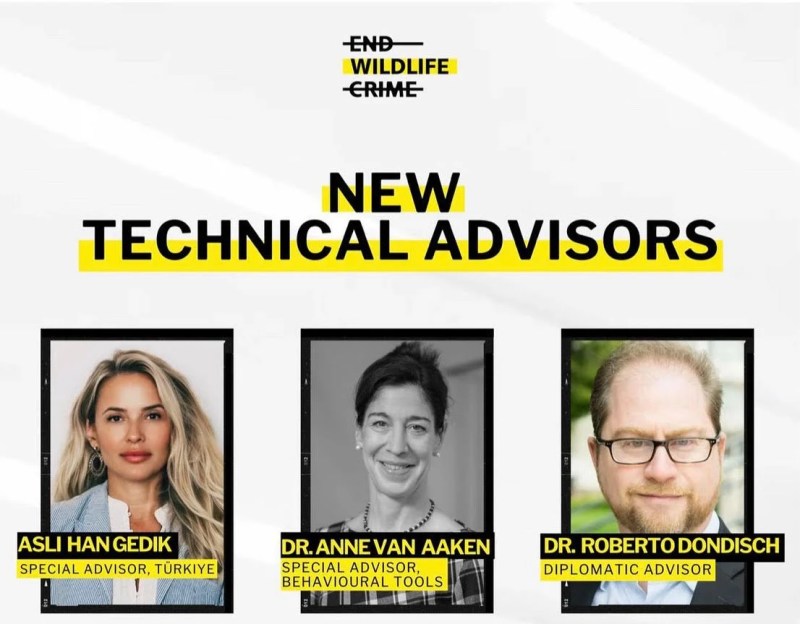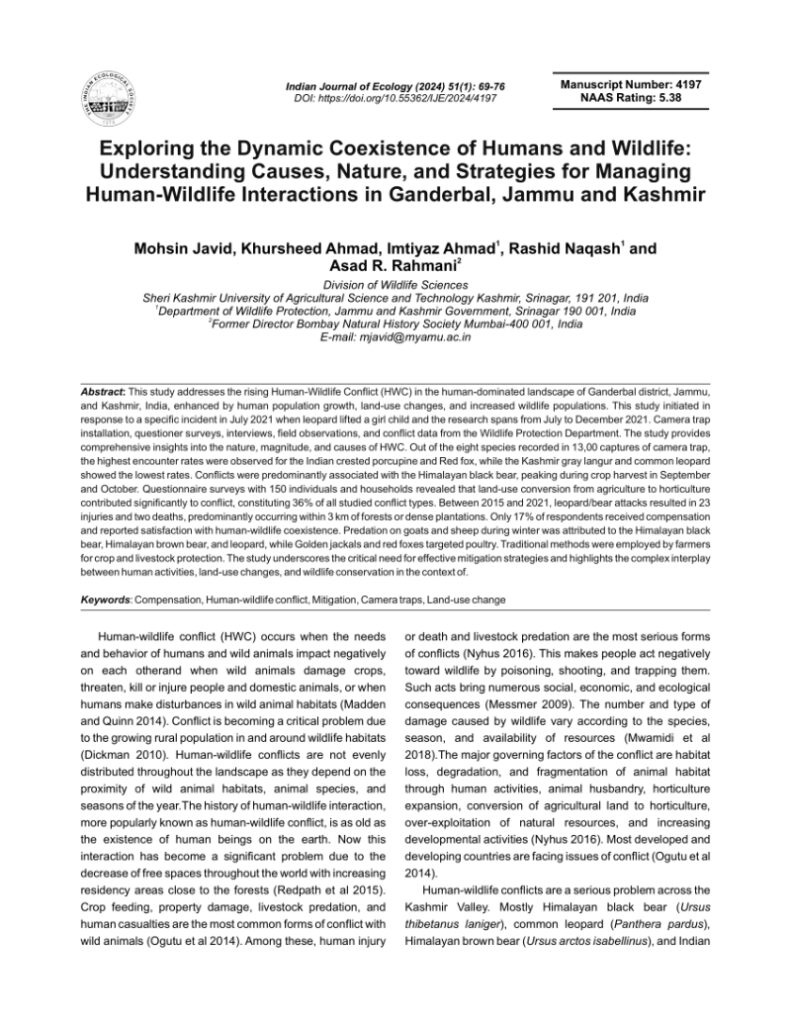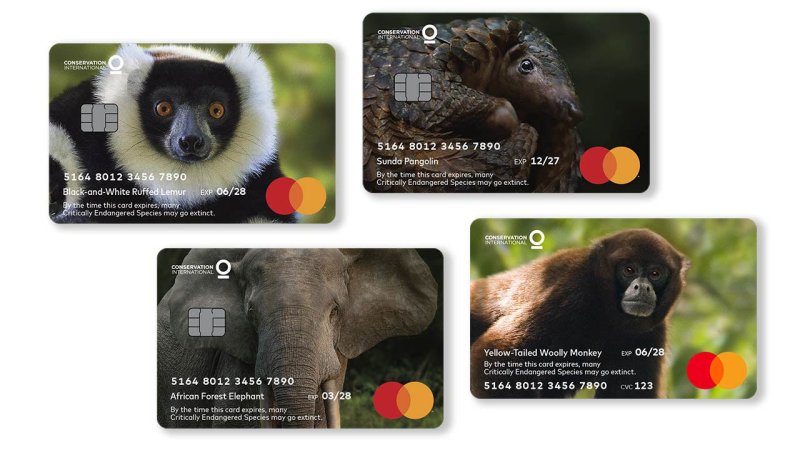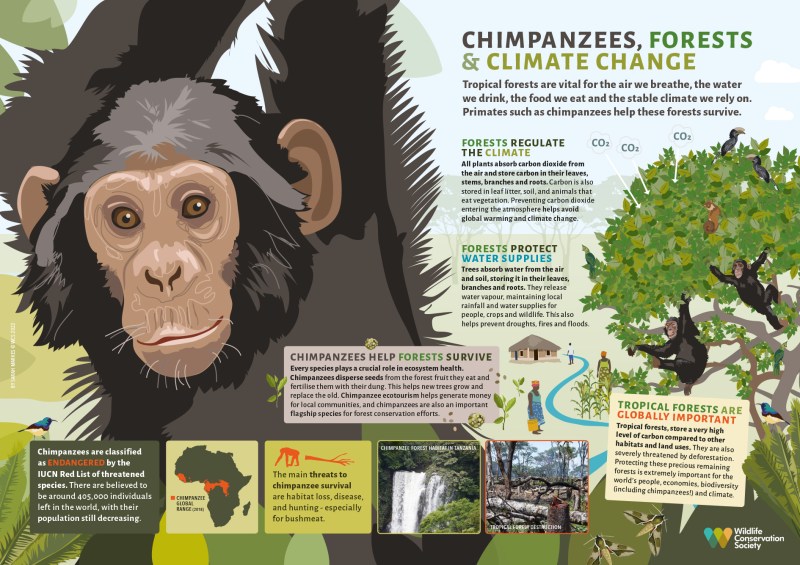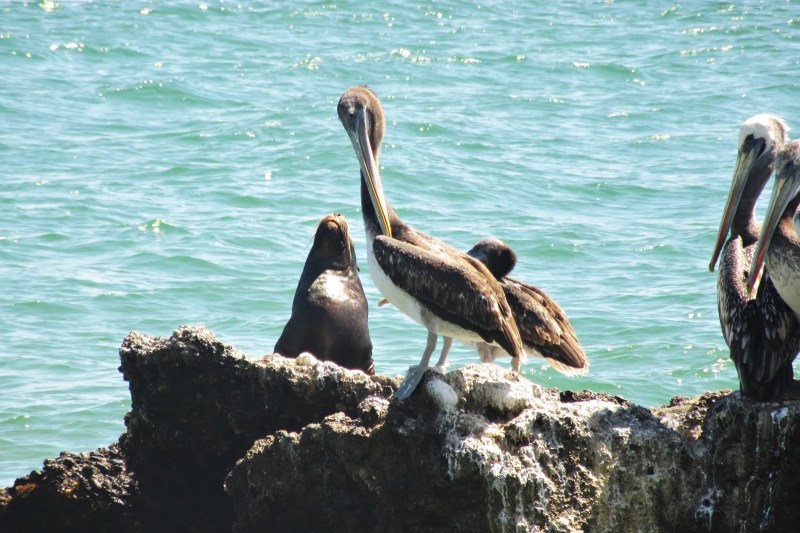Global Wildlife Conservation Initiatives – World Wildlife Day is celebrated on 3 March 2024 with the theme “Connecting People and Planet: Exploring Digital Innovation in Wildlife Conservation”. This theme explores digital innovation and digital conservation technologies and services for wildlife conservation, sustainable management and human-wildlife coexistence for current and future generations.
This is crucial in an increasingly connected world driven by the global digital revolution, which has broken down barriers to people-centric digital governance. It gives countries like Ghana, with internet connectivity and access, equal opportunities to harness the power of digital technologies and services to sustainably manage wildlife resources and resolve human-wildlife conflicts. In addition, it provides easy access to accurate and effective data to support decision-making in wildlife conservation and management. It is therefore important that Ghana, steeped in the magnificence of nature, incorporates conservation, digital technology and innovation into the sustainable management of its wildlife resources.
Global Wildlife Conservation Initiatives

As we celebrate World Wildlife Day, it is important to highlight the role of collars and Global Positioning System (GPS) transmitters in wildlife conservation in Ghana. It is a well-established fact that conservation efforts have achieved an extremely high level of progress in the use of digital technology. Interestingly, the use of digitization promotes citizen science. The increasing availability and use of smartphone apps such as OnX and Gaia and other devices allow people to be actively involved in data collection and sharing. This provides an expanded range of data that includes a greater diversity of species in different geographic regions. In fact, citizen science creates greater involvement of local people in conservation work through increased awareness and better response to threats to wildlife. The success of some citizen science sites, such as iNaturalist and eBird, has resulted in a conscious effort by people to contribute observational data.
David Rio Inaugurates A Cutting Edge Ranger Hub In Kenya — The David Rio Foundation
The revolutionary role of using geolocation data through collars and GPS transmitters in assessing wildlife behavior, assessing migration routes and habitat use is unprecedented. With these monitoring devices, conservationists make valuable decisions to protect endangered species. Researchers and conservationists in Ghana are gradually accepting the importance of digitization in wildlife conservation, and current and future developments in digitization need to be explored.
When collars and GPS transmitters are attached to animals, conservationists can obtain important data about how different species of wildlife interact with their environment. It enables the development of specific conservation plans and priorities targeting defined wildlife populations and habitats. These devices have contributed to the understanding and conservation of endangered species within protected areas, Community Resource Management Areas (CREMA) and other protected areas under the protection and management of communities, civil society organizations. This enables a gradual transition of security efforts to data-enhanced strategies. Its use helps identify high-risk areas such as poaching, human-wildlife conflict, habitat loss, concentration of land-use activities, climate change, and mitigating threats to biodiversity.
Despite the current role of digitization in wildlife conservation in Ghana, challenges related to data privacy, high cost of monitoring devices, scale of monitoring devices related to animal behavior and analysis of large datasets should be noted. Future proposals should include greater investment in the use of these monitoring devices, exposure to a larger population of students in tertiary institutions and the use of public websites, the use and application of micro-weighing devices. Artificial intelligence to acquire, analyze and predict effective security strategies for the country. However, this can be achieved through enhanced collaborative efforts between stakeholders in the wildlife sector such as the Ministry of Lands and Natural Resources, the Forestry Commission’s Wildlife Division, Metropolitan, Municipal and District Assemblies (MMDA), local residents and non – the natives. Resource Conservation Initiative () Government Organizations (NGOs) playing a valuable integral role.
To this end, he recommends all stakeholders to jointly explore innovative ways to engage with citizens, especially the youth, in inventing innovative and cutting-edge digital technologies to protect and preserve the country’s valuable wildlife resources. It will coordinate to promote cross-sector collaboration in promoting the use of innovative digital innovations and technologies for the sustainable management of the country’s wildlife resources. World Wildlife Day is an important day to celebrate the many beautiful and diverse animal and plant species. Raise awareness of the wide range of benefits that life on earth brings us and their conservation.
An Exploration Of Endangered Wildlife And Their Ecosystems
Wildlife conservation refers to the well-planned practice of restoration, development and maintenance to ensure the protection of wildlife species, their habitats and vegetation.
Without animals and plants, our life would not be possible. Oxygen, clean water and soil and our earliest tools, food and clothing come from animals and plants. We will provide milk, meat and clothing and raise some wild animals as our livestock. Often forgotten facts.
We depend on the biodiversity of animals and plants for the functioning of ecosystems. Healthy ecosystems allow us to survive, enough food to eat and survive.

The role that wildlife (animals, plants, microbes) plays in the lives of each of us is often underestimated because the services we provide are natural. This leads people to think that the natural resources and services provided by wildlife and the ecosystems they support are endless. This is not the case.
Exciting News: Our Founder Joins Global Initiative
Human activities such as land development, agricultural expansion, logging (deforestation) have contributed significantly to habitat loss, biodiversity and extinction. Other human factors that directly and indirectly threaten wildlife include: hunting, human population, consumer culture, and climate change with frequent droughts and floods putting wildlife at risk. Illegal wildlife activities, including poaching, have brought some species to the brink of extinction, with the annual loss of 10,000 species representing half of the world’s wildlife population. The human population on Earth has increased exponentially over the years, while the population of wild animals has decreased dramatically.
To avoid this, wildlife conservation is ‘critical’ as we benefit from and depend on the services provided by wildlife and their interactions. Preserving and protecting wild animals and their habitats is a simple matter.
When we preserve and protect the natural habitat of wild animals, we enrich our planet. For this, the animals must be in their natural environment. Protecting natural habitats also benefits people by helping to keep basic water bodies intact and providing clean, fresh water.
Wild animals take care of the functioning of ecosystems. Healthy ecosystems allow us to survive, enough food to eat and survive. When species disappear or decline, ecosystems and people suffer.
Knowledge Vingi Posted On Linkedin
Plants are an important source of medicines, and some animals are important in the production of medicines. It is important to remember that protecting wildlife means protecting their natural habitats, including trees and plants, which is critical to the sustainability of medical research and the pharmaceutical industry.
By protecting natural habitats from degradation and protecting forests from deforestation, it provides adequate and reliable natural resources to support agricultural activities and thus improves food security.
Despite the increased volume of animal research in recent decades, it is estimated that a large number of animals and plants remain undiscovered. Considering the fact that most medicines for humans are derived from microbial organisms, animals and plants, this highlights the need to protect wildlife and their habitats.

Animals and plants spread over the earth contribute to the aesthetic value of the earth. People visit biosphere reserves, national parks and zoos, forests, botanical gardens, game parks, lakes, oceans and mountains to enjoy the beauty and activities such as bird watching, camping, fishing, boating and hiking. . Watching animals in their natural environment is not only fun but also relaxing.
Celebrating 50 Years Of Cites Conserving The World’s Wild Animals And Plants On World Wildlife Day 2023
Conservation of wildlife means preservation of heritage and traditional culture. Some places are famous for animals and plants associated with indigenous customs and ways of life, which means that failure to protect the environment can result in the loss of land and indigenous heritage.
Animals and plants contribute to the local economy through tourism. The reason most people visit a particular country over others is often because of that country’s animals and plants, as well as natural habitats such as forests, mountains, and bodies of water. The tourism sector represents 10.4% of global GDP. This means that if wild animals are not protected, it will not only threaten the survival of these animals, but also cause huge economic losses related to tourism.
Studying wild animals and their habitats is an important learning and developmental experience for children, students and all ages.
People see wildlife documentaries as a source of entertainment and entertainment on television and computers. If you don’t protect wild animals and their habitats, there will be no documentation of the animals and therefore no entertainment.
Global Wildlife Program
Animals, plants and their habitats have inspired the purchase of many artworks and materials. Media is from nature that artists use to promote and create their works. Wood, charcoal,
Global warming initiatives, global wildlife conservation jobs, global conservation, global sustainability initiatives, clinton global initiatives, global wildlife conservation austin, global health initiatives examples, global wildlife conservation, global health initiatives, global wildlife, sheth global wildlife conservation, wildlife conservation
- Pet-friendly Weekend Getaways - August 13, 2024
- Dog-friendly Road Trips - August 13, 2024
- Top Dog-friendly Resorts - August 13, 2024

